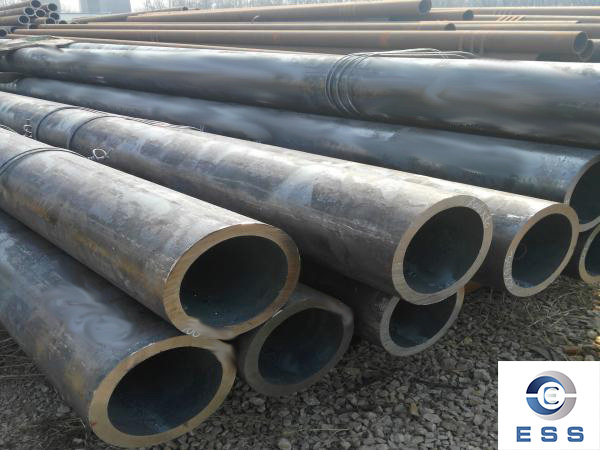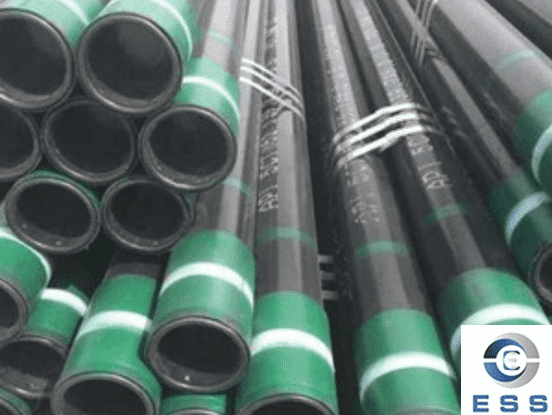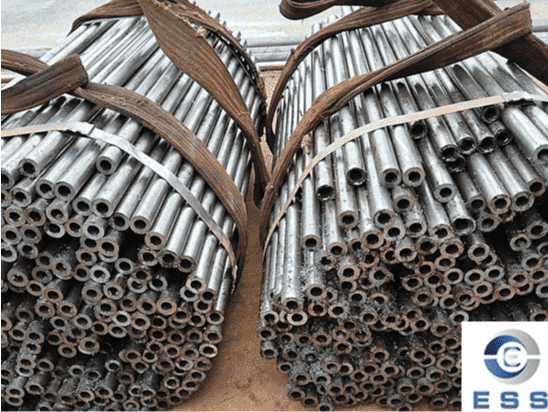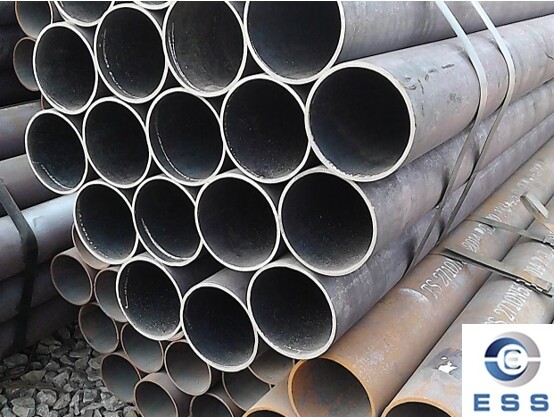Classification of boiler tubes

The concept of boiler tubes
Boiler tubes refer to steel materials with hollow sections and openings at both ends. They are relatively long compared to the surrounding area. According to the production method, they can be divided into seamless pipe and welded pipe. The specifications of steel tubes are expressed by external dimensions (such as outer diameter or side length) and wall thickness. The size range is very wide, from capillaries with very small diameters to large-diameter tubes with diameters of several meters. Steel pipes can be used for pipelines, thermal equipment, mechanical industry, petroleum geological exploration, containers, chemical industry and special purposes.
As an important part of the boiler system, boiler tubes are mainly used to transport heating media, namely steam, hot water, etc. Its function is to transfer the heat energy generated in the boiler to the destination to achieve the purpose of industrial production. At the same time, the boiler tube will also contain various control valves, pressure gauges, steam traps and other accessories to achieve the control and regulation of the heating medium.
Classification by material
1. Carbon steel boiler tubes
Carbon steel boiler tubes are a common boiler tube material, suitable for low-temperature and medium-temperature boiler systems. It has the advantages of low cost and good processing performance, but it is prone to oxidation corrosion, corrosion wear and other problems under harsh conditions such as high temperature and high pressure.
2. Alloy steel boiler tubes
Compared with carbon steel boiler tubes, alloy steel boiler tubes have higher strength, corrosion resistance and high temperature resistance, and are suitable for high temperature, high pressure and ultra-high pressure boiler systems. But the price is relatively high.
Alloy tubes are similar to stainless steel tubes, but have a wider range of applications. Alloy tubes refer to the addition of other alloy elements to steel tubes, or the use of steel tubes with cladding materials to improve their performance. The model table of alloy tubes is as follows:
|
Model
|
Size (mm)
|
Material
|
Specification
|
|
15CrMoG
|
12-914*1-120
|
Chromium-molybdenum alloy
|
Hot rolling, cold drawing,
|
|
12Cr1MoVG
|
12-914*1-120
|
Chromium-molybdenum-vanadium alloy
|
hot rolling, cold drawing,
|
|
10CrMo910
|
12-630*1-50
|
Chromium-molybdenum alloy
|
hot rolling, cold drawing,
|
|
T22
|
1/8”-30”*SCH5S-SCHXXS
|
Chromium-molybdenum alloy
|
hot rolling, cold drawing,
|
3. Stainless steel boiler tubes
Stainless steel boiler tubes are suitable for high-tech fields such as petrochemicals, medicine, food, energy, aerospace, etc. due to their good corrosion resistance, acid and alkali resistance, high temperature resistance, and low temperature resistance. However, the price is relatively high and the cost is high.
The model table of stainless steel tubes is as follows:
|
Model
|
Dimensions (mm)
|
Standard
|
|
304
|
6-730*0.5-30
|
GB/T14976-2012
|
|
316L
|
6-730*0.5-30
|
GB/T14976-2012
|
|
321
|
6-730*0.5-30
|
GB/T14976-2012
|
|
904L
|
8-406*1-20
|
GB/T14976-2012
|
4. Ceramic composite tubes
Ceramic composite tubes use metal pipes lined with ceramics, which have good corrosion resistance and high temperature performance and are suitable for high temperature and high pressure coal powder pneumatic conveying pipelines. But the price is relatively high and the maintenance cost is also high.
According to the purpose and transmission medium
1. Boiler feed water pipeline: mainly used to pressurize the tap water or clean water flowing into the boiler through the feed water pump and then enter the boiler to meet the boiler's steam generation needs.
2. Steam pipeline: mainly used to transport the steam generated in the boiler to the destination, such as generator sets, thermal engines, water heaters, etc.
3. Hot water pipeline: mainly used to transport the hot water generated in the boiler to the destination, such as radiators, water heaters, etc.
4. Hot oil pipeline: mainly used in boiler systems where the heating medium is hot oil.
Classification by steel structure
1. Pearlite steel: high-quality carbon structural steel, Cr-Mo steel and Cr-Mo-V steel.
2. Bainite steel: 12Cr2MoWVTiB (i.e. G102) steel and 11Cr3MovSiTiB (i.e. 111) steel.
3. Martensitic steel: 10Cr9MolVNb (i.e. P91/T91) steel.
4. Austenitic steel: 1Cr18Ni9 (i.e. TP304H) steel and 1Cr19Nil1Nb (i.e. TP347H) steel.
These different types of steel have different properties and are suitable for different working environments and usage scenarios.
Classification by pipe diameter
High-pressure boiler pipes can be divided into large-diameter pipes and small-diameter pipes according to the pipe diameter. Large-diameter pipes are generally used to transport large-flow media, such as main steam pipes, etc., while small-diameter pipes are often used to connect various equipment and pipelines, such as water supply pipes, exhaust pipes, etc.
Classification by production process
High-pressure boiler pipes can be divided into hot-rolled pipes and cold-drawn pipes according to the production process. Hot-rolled pipes are made by heating the billet and then rolling it, with high production efficiency but relatively low precision; while cold-drawn pipes are made by cold drawing process, with higher precision and better mechanical properties.
Read more: Features of boiler tube













 Eastern Steel Manufacturing Co.,Ltd not only improve product production and sales services, but also provide additional value-added services. As long as you need, we can complete your specific needs together.
Eastern Steel Manufacturing Co.,Ltd not only improve product production and sales services, but also provide additional value-added services. As long as you need, we can complete your specific needs together.










